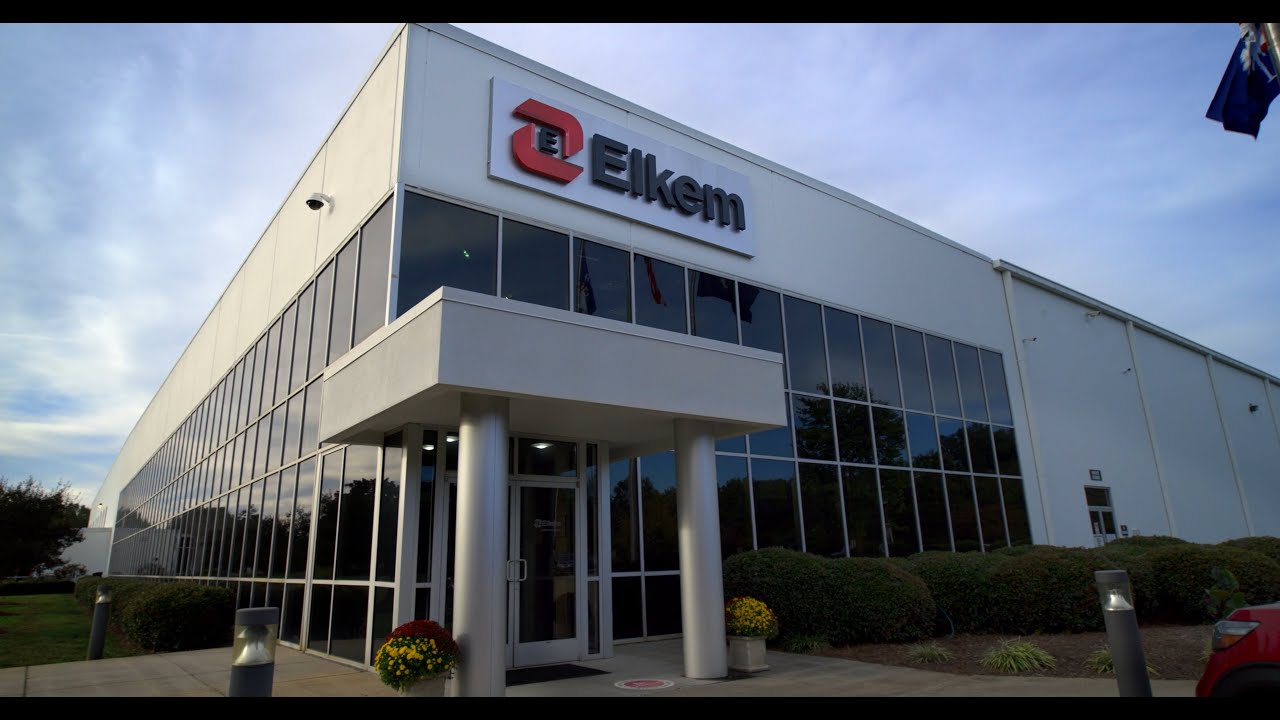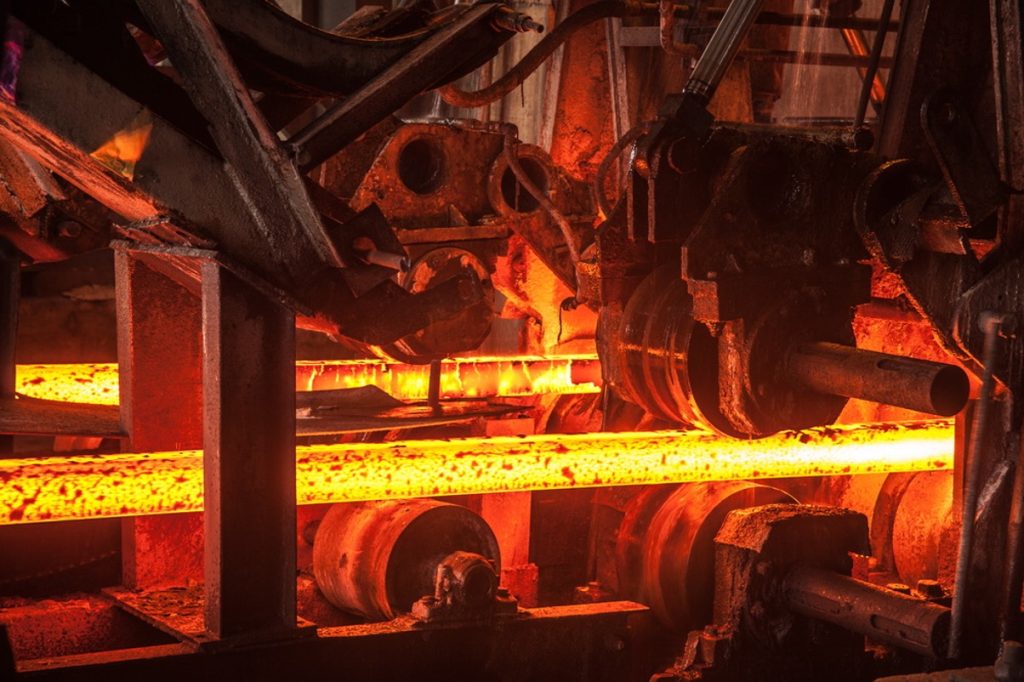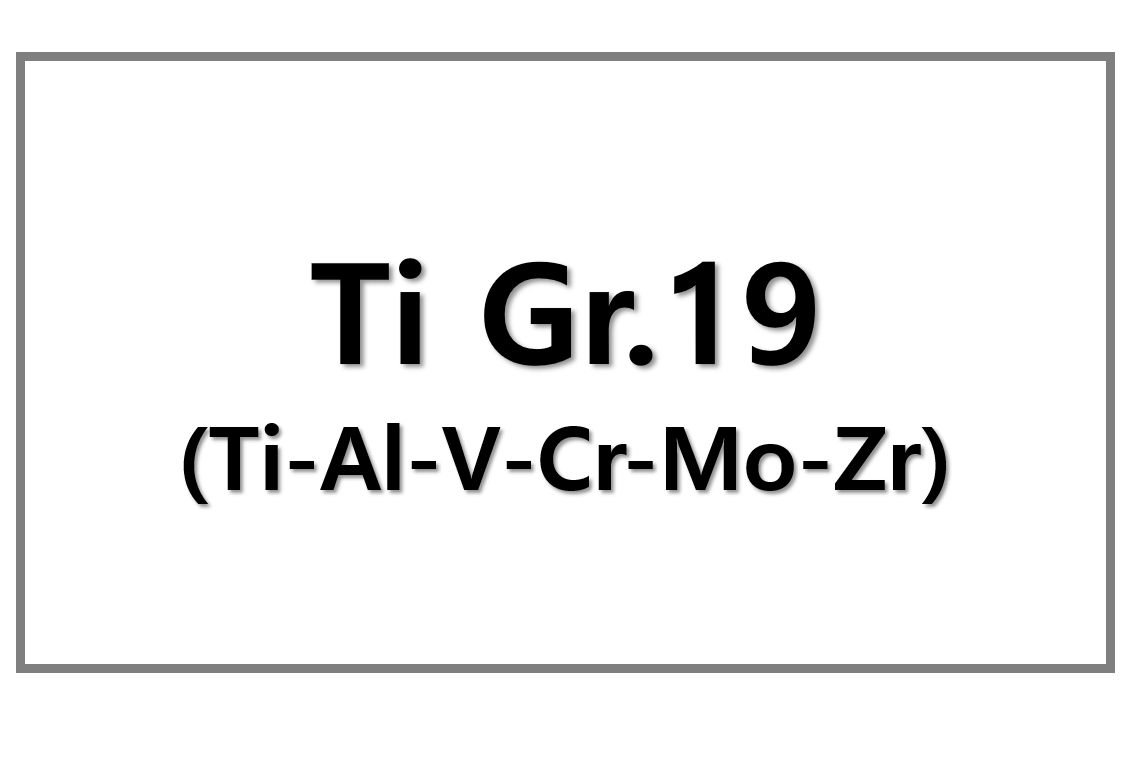
Recycling Rate Drops Significantly
The U.S. aluminum used beverage can (UBC) recycling rate has dropped to 43% in 2023, down from 45% in 2020. This decline marks the lowest recycling rate for aluminum cans in decades, significantly below the long-term average of approximately 52% since tracking began in 1990. According to the Aluminum Association and the Can Manufacturers Institute (CMI), the primary reasons for this drop are aging recycling infrastructure and a lack of proactive recycling policies. While aluminum cans still outpace glass (39.6%) and polyethylene terephthalate (PET) bottles (20%) in recycling rates, the overall performance in the U.S. has fallen behind expectations.
Economic and Environmental Costs of Decline
In 2023, the U.S. recycled more than 46 billion cans but discarded over 61 billion cans, which is worth nearly $1.2 billion. This represents an enormous waste of material that could otherwise be reused, with significant environmental and economic implications. Charles Johnson, president and CEO of the Aluminum Association, pointed out that the waste of aluminum cans in landfills has a negative impact not only on the economy but also on national security, as the U.S. imports a substantial amount of its aluminum. The U.S. also lags behind many peer countries in aluminum recycling, highlighting the urgent need for improved policies and practices.
Strategic Actions to Address Decline
Both organizations are pushing for coordinated action and long-term investments to address the decline in recycling rates. Robert Budway, president of CMI, called for greater emphasis on strategic measures such as the establishment of deposit return systems, improvements to recycling infrastructure, and increased consumer education. CMI’s roadmap aims for a 70% recycling rate by 2030, 80% by 2040, and 90% by 2050. These ambitious goals will require a comprehensive approach, including better sorting at recycling centers and more accessible recycling options for households and public spaces.
Challenges in Legislation and Policy Implementation
Despite the outlined strategies, progress in enacting effective recycling policies has been slow. While there have been advances in Extended Producer Responsibility (EPR) legislation in states like California, Colorado, and Oregon, there has been little movement at the state or federal levels regarding deposit return systems, which are seen as a key tool in improving recycling rates. CMI’s report indicates that deposit return systems could increase the U.S. recycling rate by up to 48 percentage points, but such policies have yet to gain traction across the country.
Focused Investment in Deposit Return Systems
The Aluminum Association and CMI continue to focus their efforts on promoting deposit return systems as a critical solution to boosting recycling rates. According to the organizations, a well-designed national deposit program would significantly raise the U.S. aluminum can recycling rate, helping the industry meet its long-term goals. However, without broader implementation of these systems, even the most modest recycling targets will be difficult to achieve.











Leave a Reply
You must be logged in to post a comment.